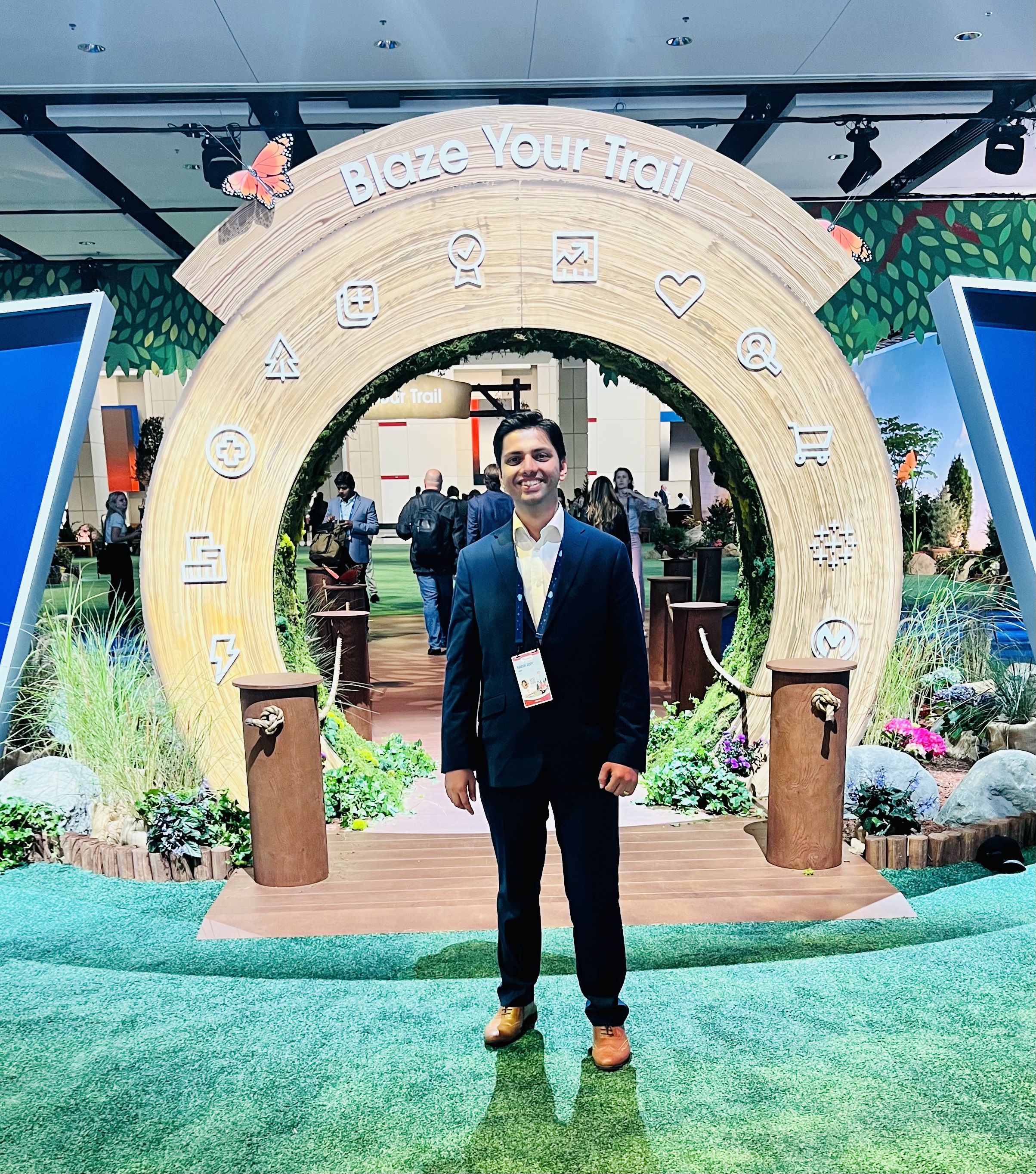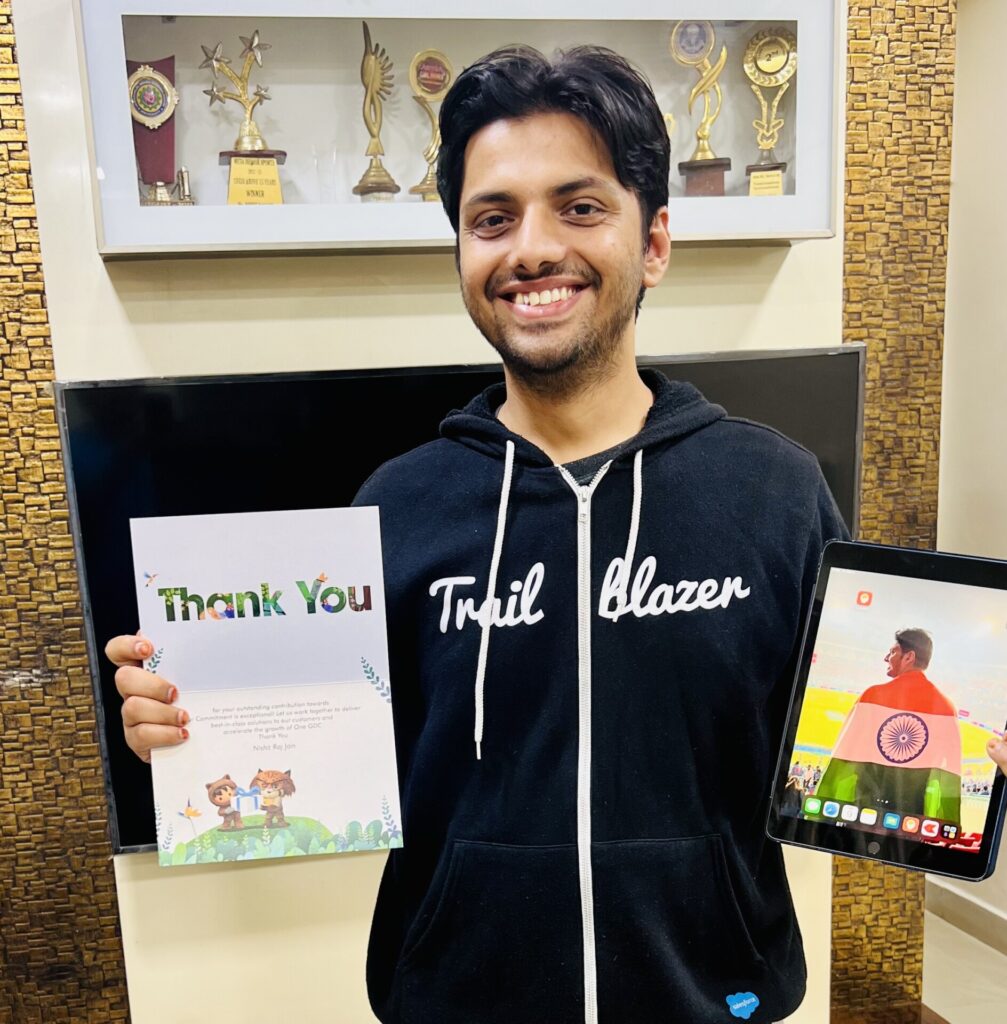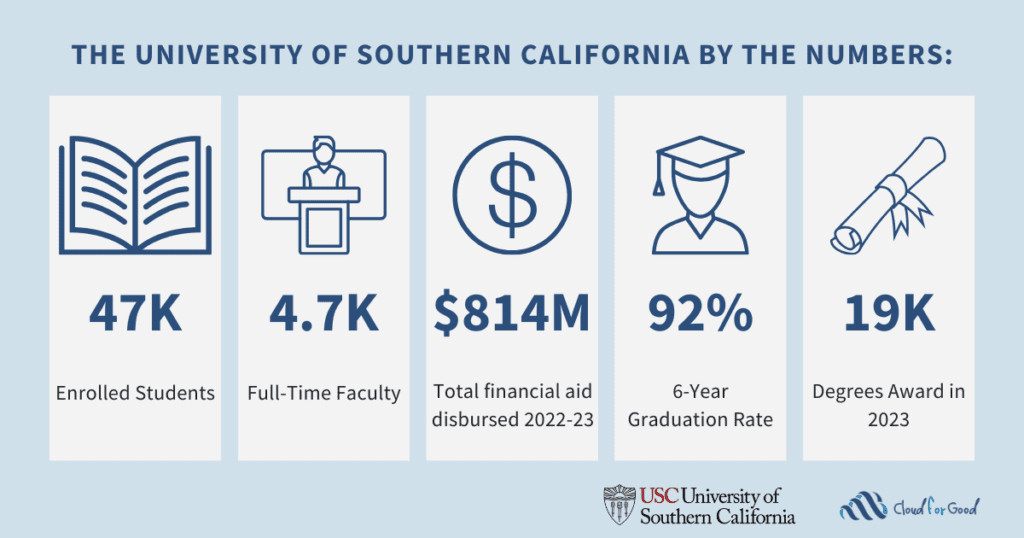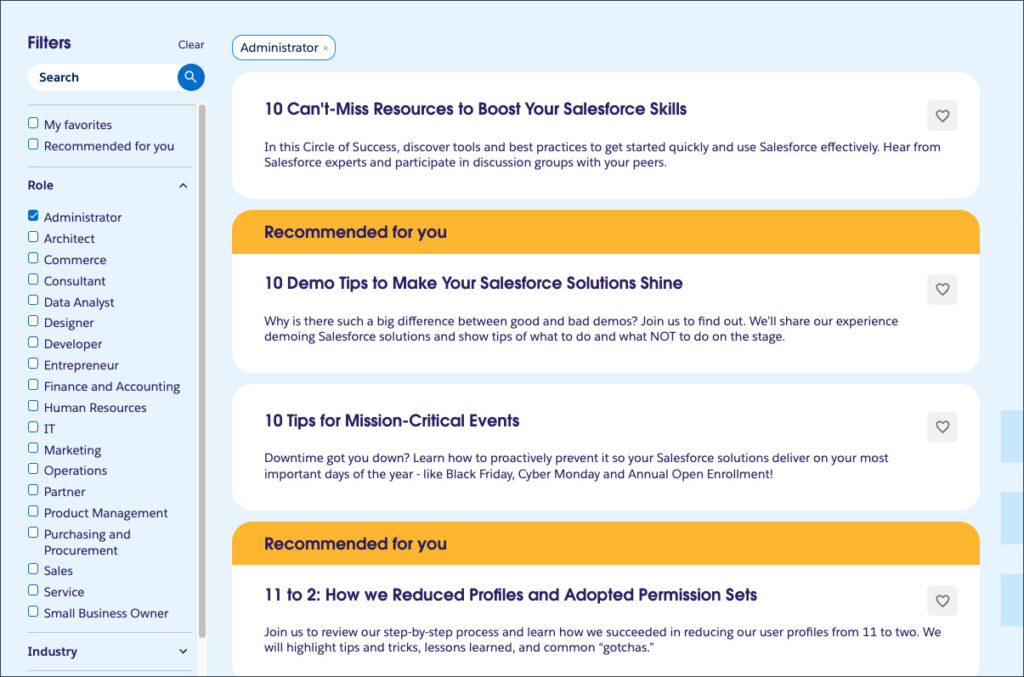
While standing at a professional crossroads, Nishit chose curiosity over comfort and took the road less travelled. And it paid off.
Back in 2012, Nishit Raj Jain was at a turning point. Stay on the mainframe path, or bet on a relatively new player in the enterprise space: cloud CRM. He chose the latter.
“Thankfully, I had the right mentors who nudged me toward cloud,” he recalls. “There was a steep learning curve. But I dove in.”
That leap of faith — from legacy systems to Salesforce — would not only define Nishit’s trajectory, but also reflect what makes the Technical Architect role at Salesforce so unique: a blend of deep technology expertise, a systems thinker’s mindset, and a relentless drive to solve real-world business challenges.
Blaze your trail to Salesforce!
At Salesforce, we’re not just shaping the future. We’re turning big ideas into breakthroughs. Want to join the #1 AI CRM that’s leading the digital labor revolution? Explore our open roles today!



A role that grows with the ecosystem
Today, the Technical Architect role at Salesforce is more critical than ever. With AI, data, and automation redefining the boundaries of customer engagement, Technical Architects don’t just help clients implement tools — they help define the shape of the solution itself.
For Nishit, the journey has involved working across different industries and problem statements. What motivates him, he says, is the thrill of problem-solving. “It’s about talking to clients, understanding their challenges, and then asking: how do I bring everything I’ve learned to deliver something truly impactful? From influencing teams and getting buy-in from clients, to making sound architectural decisions under pressure, you are the bridge between vision and execution,” he says.
Enter Agentforce: From chatbots to actionable agents
One of the most exciting shifts in Nishit’s recent work? Agentforce—Salesforce’s AI-first approach to automating service, sales, and support tasks through intelligent agents. It’s a far cry from the rule-based chatbots of the past.
“Chatbots typically operate on hardcoded flows where every intent has to be mapped manually,” he explains. “But Agentforce gives you flexibility; agents run on prompts, powered by large language models. They can understand context, make decisions, and execute backend actions, all in one flow.”
This isn’t just about technology innovation — it’s about a mindset shift. Architects today need to unlearn assumptions, rethink system boundaries, and reimagine integration models in a landscape that’s changing faster than ever.
“AI runs on the fuel of data,” Nishit notes. “And with platforms like Agentforce, architects are no longer just connecting systems — we’re enabling intelligence at scale.”
For someone with Nishit’s background in enterprise architecture, this is a thrilling shift. It changes how you think about user interaction, backend orchestration, and even how teams structure their data. “AI needs clean, well-structured data. So now, every architectural decision has to take that into account too.” Whether it’s through his 25th certification as an AI Specialist or mentoring his teams on concepts like hallucination in LLMs, he’s deeply invested in helping teams not just use AI, but understand it.
The power of patience (and system thinking)

When you’re working with complex system landscapes, even small changes ripple outward.
Nishit often reminds his clients of that, especially when seemingly simple asks- like adding a single field- emerge close to go-live.
“Yes, creating a field might take four hours,” he says. “But the real work is in assessing its impact. Where does the data travel? What downstream systems will it touch? What could break?”
It’s less about rushing to ship and more about ensuring that what you ship holds up under the weight of real-world complexity. This kind of thinking- measured, methodical, and holistic- is what defines the best Technical Architects at Salesforce.
Advice for aspiring Technical Architects
For those looking to grow into the Technical Architect role at Salesforce, Nishit offers simple, battle-tested advice:
- Think in systems – Don’t just design for one feature. Design for how it interacts with the whole landscape.
- Decide with clarity – Anyone can list pros and cons. Great Technical Architects make sound recommendations by factoring in business context, technical constraints, and customer needs.
- Be a multiplier – Share your knowledge. Empower your team to contribute ideas and take ownership.
And of course,
4. Stay curious.
“I once did a presentation on cloud security in college — at the time, I didn’t know how it would help me,” Nishit recalls. “But it came back years later when I had to decide between legacy systems and Salesforce. Every bit of learning matters.”
This mindset of continuous learning is something he actively looks for in new Technical Architects. “I always ask: what are you passionate about?” he shares. “And I tell them: don’t give me a cliché like ‘I love learning new tech.’ I want to know what excites you beyond your job.”
Looking ahead
As Salesforce continues to expand its AI and data capabilities with Agentforce at the helm, the demand for strong enterprise architects will only grow. But these aren’t roles for checklist-driven coders or lone wolves. They’re for people who can think big, work collaboratively, and solve deeply technical problems in deeply human ways.
If you’re someone who thrives on system thinking, loves a good client challenge, and is excited by the possibilities of AI—not just the buzzwords, but the architecture that makes it real—Salesforce’s Technical Architect community could be your next move. Take a look at our open opportunities and apply today.
We can’t wait to meet you!
Join our Talent Community and be the first to know about open roles, career tips, events happening near you, and much more.






